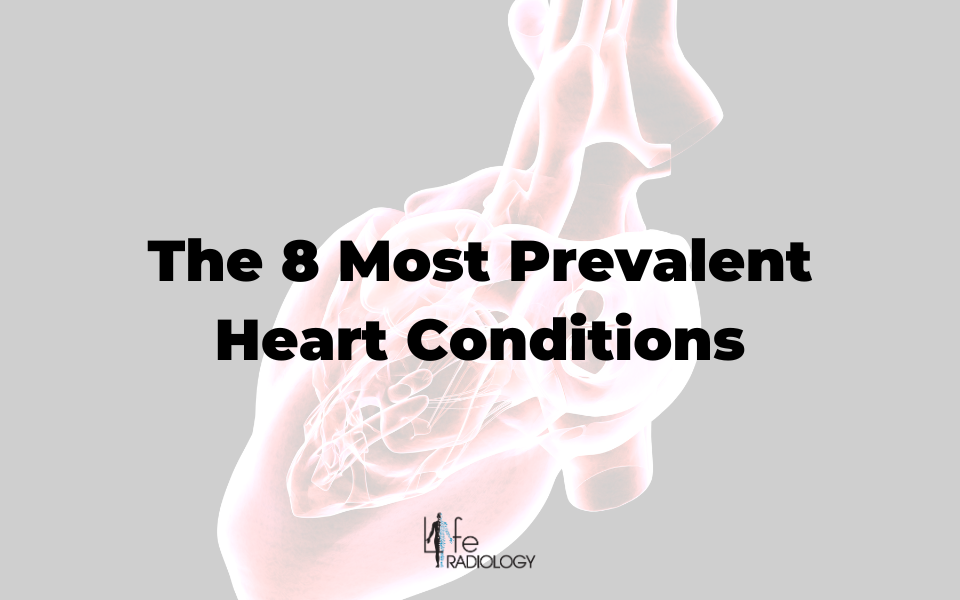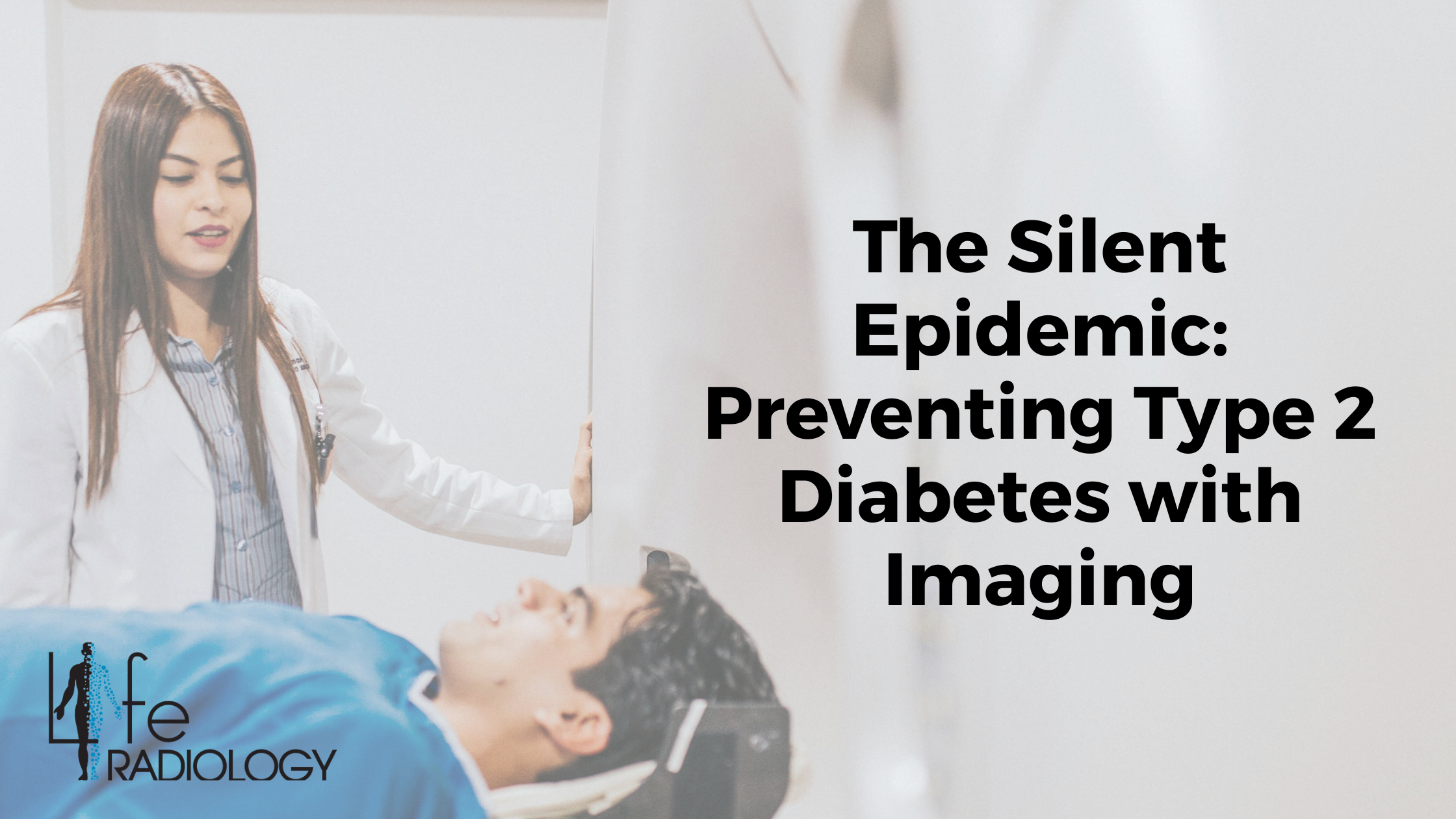The 8 Most Prevalent Heart Conditions
Symptoms, Risk Factors, Diagnosis, and Treatment
Cardiovascular diseases (CVDs) are a severe threat to global health, affecting the heart and blood vessels. To ensure timely intervention and effective management, it's crucial to have a detailed understanding of these conditions, including their symptoms, risks, diagnosis, and treatments.
This comprehensive guide is designed to shed light on the eight most prevalent cardiovascular diseases, providing you with the knowledge and insight needed for early detection and personalized care. By reading this guide, you'll be better equipped to take control of your cardiovascular health and reduce your risk of developing these dangerous conditions.
1. Coronary Artery Disease (CAD)
As one of the most prevalent cardiovascular diseases, Coronary Artery Disease (CAD) arises due to the narrowing or blockage of coronary arteries, affecting blood flow to the heart. This condition, often characterized by chest pain (angina) and potential heart attacks, demands attention for its implications on heart health.
Symptoms:
- Chest pain (angina)
- Shortness of breath
- Fatigue
- Heart attack symptoms (sudden chest pain, sweating, nausea)
Risks:
- High cholesterol levels
- Hypertension (high blood pressure)
- Smoking
- Diabetes
- Sedentary lifestyle
Diagnosis:
- Electrocardiogram (ECG/EKG)
- Stress tests
- Cardiac catheterization
- Coronary angiography
Treatment:
- Lifestyle modifications (healthy diet, exercise)
- Medications (aspirin, statins)
- Angioplasty or stent placement
- Coronary artery bypass grafting (CABG)
2. Heart Attack (Myocardial Infarction)
A heart attack, or myocardial infarction, results from the sudden blockage of blood flow to the heart, causing damage to the heart muscle. Recognizing the warning signs and risk factors associated with heart attacks is critical for swift medical intervention and the prevention of severe complications.
Symptoms:
- Sudden chest pain or discomfort
- Shortness of breath
- Nausea or vomiting
- Cold sweats
Risks:
- CAD
- High blood pressure
- High cholesterol
- Smoking
- Obesity
Diagnosis:
- ECG
- Blood tests (troponin levels)
- Coronary angiography
Treatment:
- Emergency medical care
- Medications (clot-busting drugs, beta-blockers)
- Coronary angioplasty with stent placement
- Cardiac rehabilitation
3. Arrhythmias
Arrhythmias encompass a range of irregular heartbeats, affecting the heart's rhythm. Understanding the symptoms and potential risks associated with arrhythmias is essential for appropriate diagnosis and the implementation of targeted treatment strategies.
Symptoms:
- Palpitations
- Irregular heartbeat
- Fatigue
- Dizziness or fainting
Risks:
- Heart disease
- High blood pressure
- Diabetes
- Smoking
Diagnosis:
- Electrocardiogram (ECG)
- Holter monitor
- Event recorder
- Electrophysiology study
Treatment:
- Medications (beta-blockers, anti-arrhythmic drugs)
- Cardioversion
- Catheter ablation
- Implantable devices (pacemaker, defibrillator)
4. Heart Failure
Heart failure occurs when the heart cannot efficiently pump blood to meet the body's demands. Identifying the signs and managing the risk factors linked to heart failure is pivotal in enhancing heart function and preventing further deterioration.
Symptoms:
- Shortness of breath
- Fatigue
- Swelling in legs, ankles, or abdomen
- Rapid or irregular heartbeat
Risks:
- CAD
- High blood pressure
- Diabetes
- Obesity
- Previous heart attack
Diagnosis:
- Physical examination
- Chest X-ray
- Echocardiogram
- Blood tests (BNP levels)
Treatment:
- Medications (ACE inhibitors, beta-blockers)
- Diuretics
- Cardiac resynchronization therapy (CRT)
- Heart transplant in severe cases
5. Cardiomyopathy
Cardiomyopathy refers to diseases affecting the heart muscle, impacting its ability to pump blood effectively. Recognizing symptoms and risk factors associated with cardiomyopathy aids in early diagnosis and initiating suitable treatment approaches.
Symptoms:
- Shortness of breath
- Fatigue
- Swelling in legs or abdomen
- Irregular heartbeats
Risks:
- Family history of cardiomyopathy
- Diabetes
- High blood pressure
- Obesity
- Alcohol or drug abuse
Diagnosis:
- Echocardiogram
- Cardiac MRI
- Genetic testing
- Tissue biopsy
Treatment:
- Medications (beta-blockers, ACE inhibitors)
- Lifestyle changes
- Implantable devices (pacemakers)
- Heart transplant in severe cases
6. Valvular Heart Disease
Valvular heart disease involves issues with the heart valve's functionality, affecting blood flow within the heart. Understanding these conditions' symptoms and risk factors facilitates timely interventions, potentially mitigating severe complications.
Symptoms:
- Chest pain
- Fatigue
- Shortness of breath
- Irregular heartbeat
Risks:
- Age
- Previous heart conditions
- Rheumatic fever
- Congenital heart defects
Diagnosis:
- Physical examination
- Echocardiogram
- Cardiac catheterization
- MRI or CT scans
Treatment:
- Medications (diuretics, ACE inhibitors)
- Valve repair or replacement surgery
- Transcatheter procedures (valvuloplasty)
7. Congenital Heart Defects
Congenital heart defects are structural abnormalities at birth, affecting the heart's function. Identifying these defects early on enables prompt medical attention and management strategies for better outcomes.
Symptoms:
- Cyanosis (bluish skin)
- Shortness of breath
- Fatigue
- Poor weight gain in infants
Risks:
- Genetic factors
- Maternal alcohol or drug use during pregnancy
- Certain medications during pregnancy
Diagnosis:
- Fetal echocardiography
- Echocardiogram after birth
- MRI or CT scans
Treatment:
- Surgery in infancy or childhood
- Catheter procedures
- Medications to manage symptoms
8. Pericardial Disease
Pericardial diseases encompass various conditions affecting the pericardium, the protective sac around the heart. Recognizing symptoms and risk factors associated with pericardial diseases aids in prompt diagnosis and appropriate treatment measures.
Symptoms:
- Chest pain
- Fever
- Fatigue
- Shortness of breath
Risks:
- Infections
- Autoimmune diseases
- Previous heart surgery or injury
Diagnosis:
- Physical examination
- Echocardiogram
- Chest X-ray
- CT or MRI scans
Treatment:
- Medications (NSAIDs, colchicine)
- Pericardiocentesis (fluid drainage)
- Pericardiectomy in severe cases
Early Medical Screening and Preventive Measures with CAC Exam
Early detection is critical for effective heart disease management. The Coronary Artery Calcium (CAC) exam is a non-invasive test that measures calcium buildup in coronary arteries, providing early warning signs of potential cardiovascular issues. Integrating the CAC exam into routine screenings enhances risk assessment and aids in the early identification of heart problems.
Combining lifestyle adjustments and medical treatments upon detecting coronary artery calcification helps manage cardiovascular risks effectively. The CAC exam allows for personalized strategies for individual health needs. Advanced screenings and preventive measures can empower individuals and healthcare providers, significantly reducing the risk of severe cardiovascular conditions.
Conclusion
Understanding coronary artery disease, heart attacks, arrhythmias, heart failure, cardiomyopathy, valvular heart disease, congenital heart defects, and pericardial diseases necessitates a proactive approach. Early detection through preventive screenings empowers individuals to take charge of their heart health, identifying potential issues before they escalate.
Incorporating the CAC exam and other preventive screenings into routine healthcare significantly contributes to timely interventions. It allows for tailored strategies, lifestyle modifications, and personalized treatments to manage risks and promote heart health.
Individuals can enhance their proactive healthcare approach by prioritizing early detection and preventive screenings for cardiovascular diseases. This aggressive stance reduces the risk of severe heart conditions and fosters a healthy lifestyle, ensuring better health and overall well-being.






